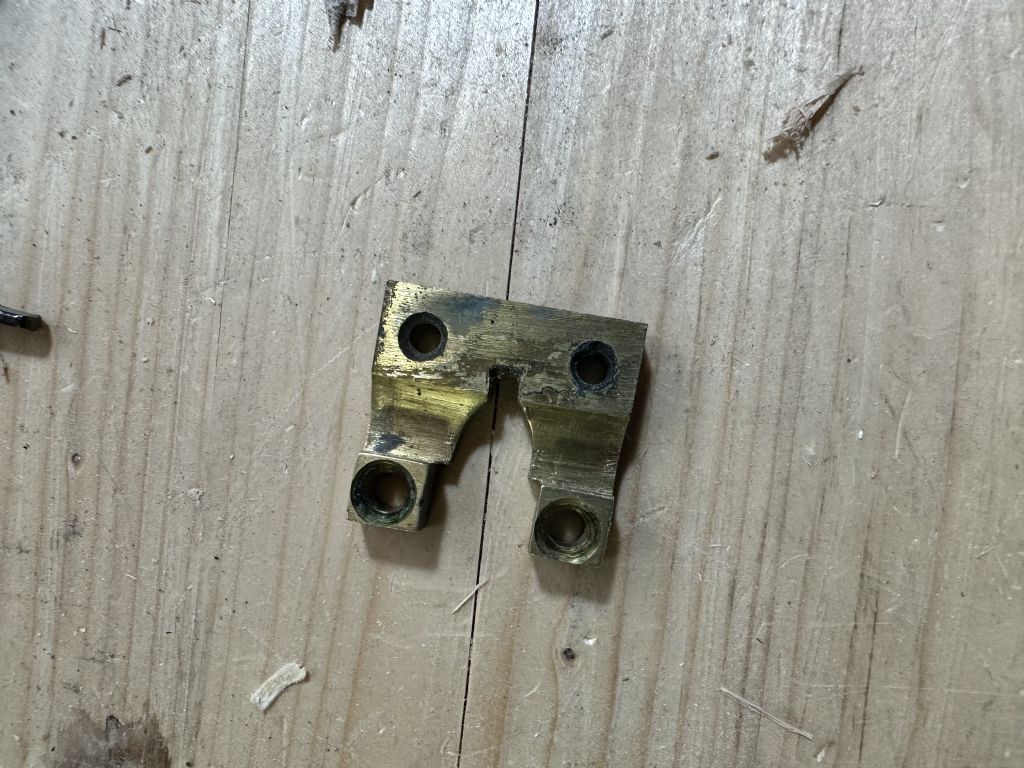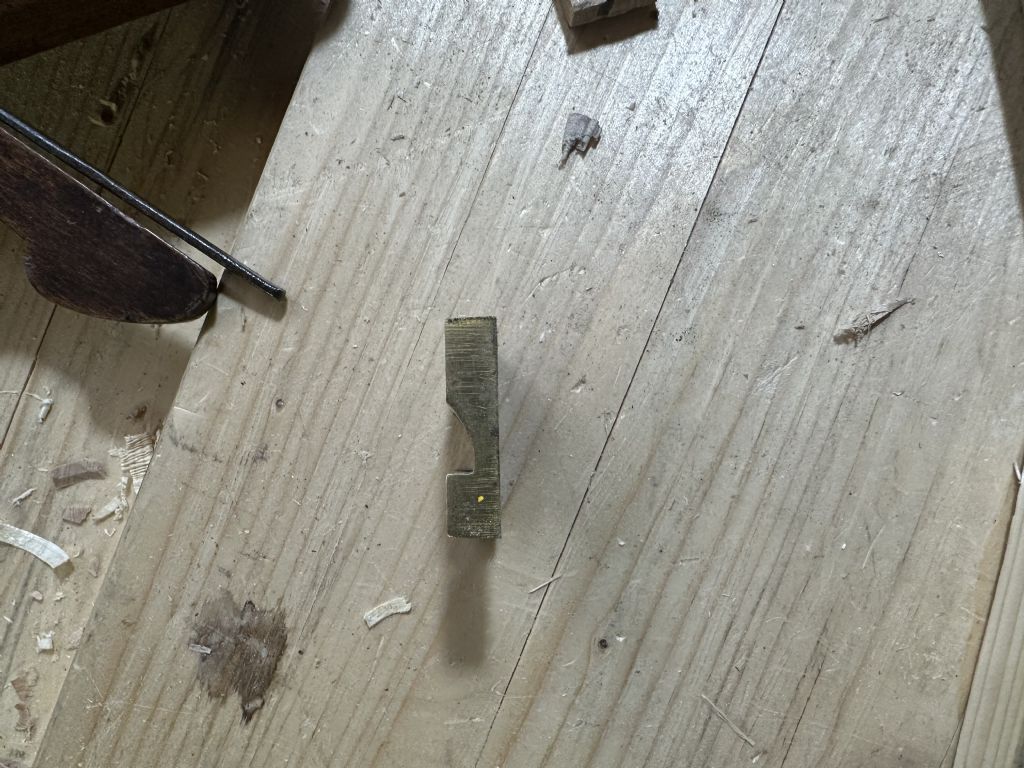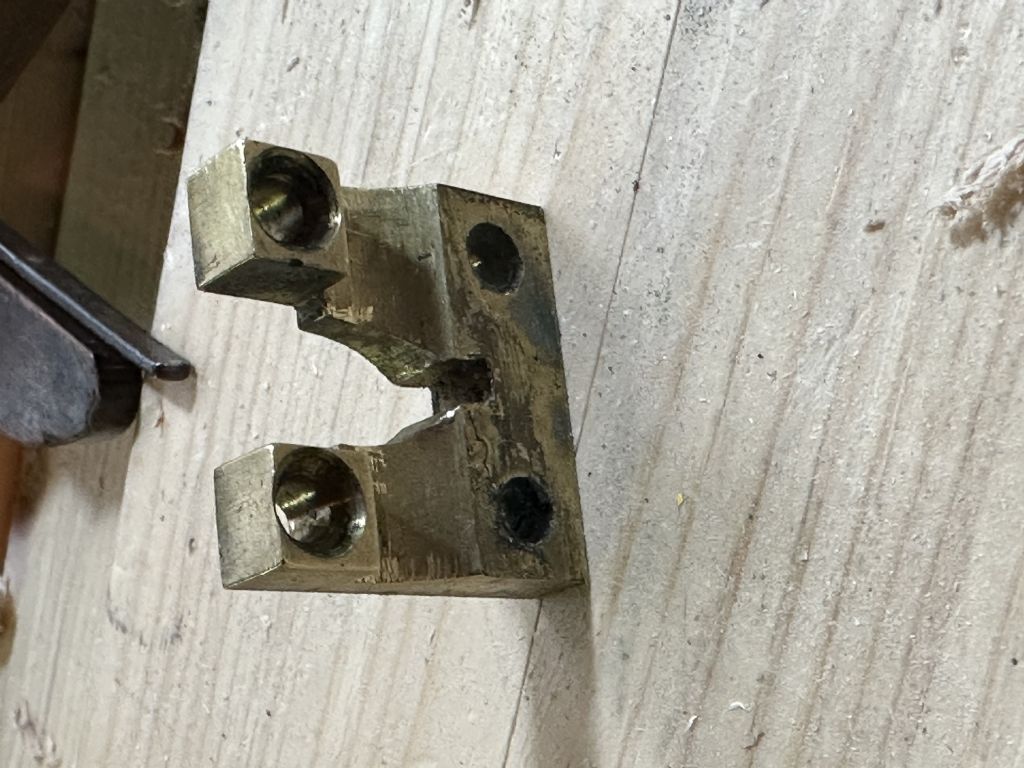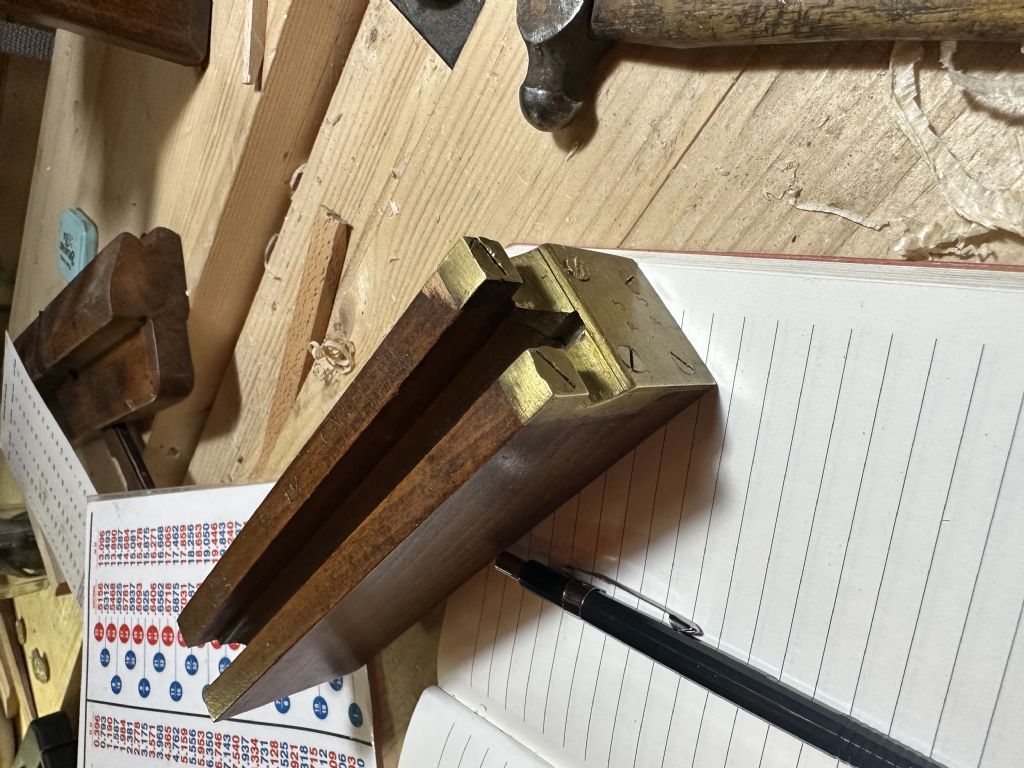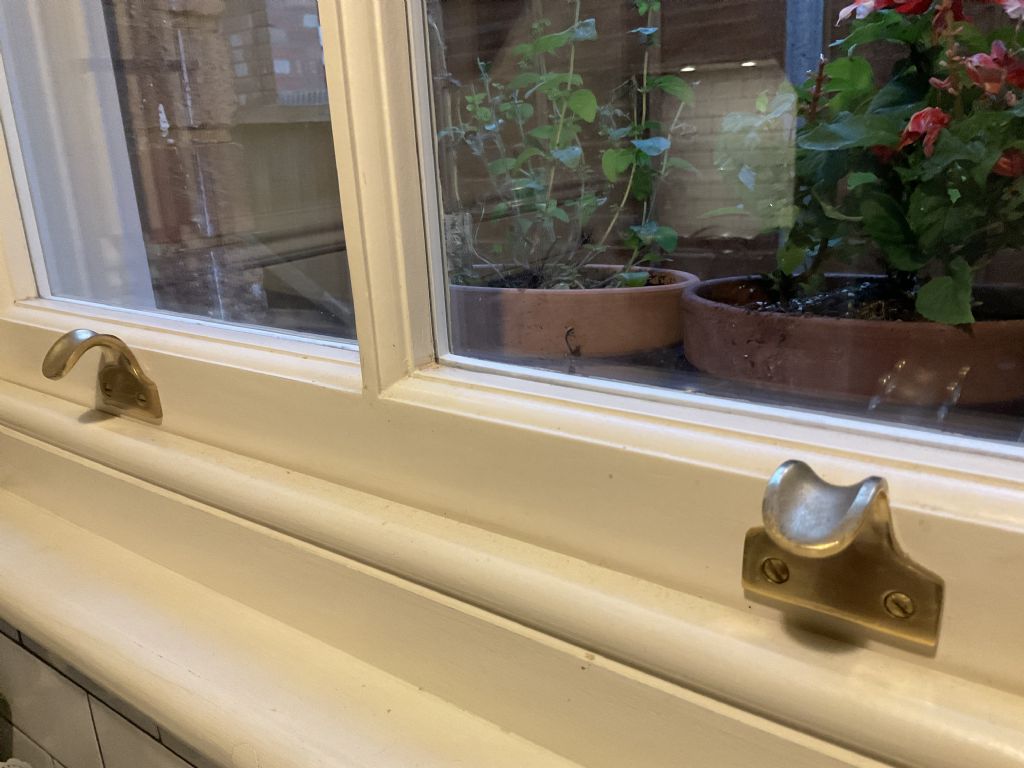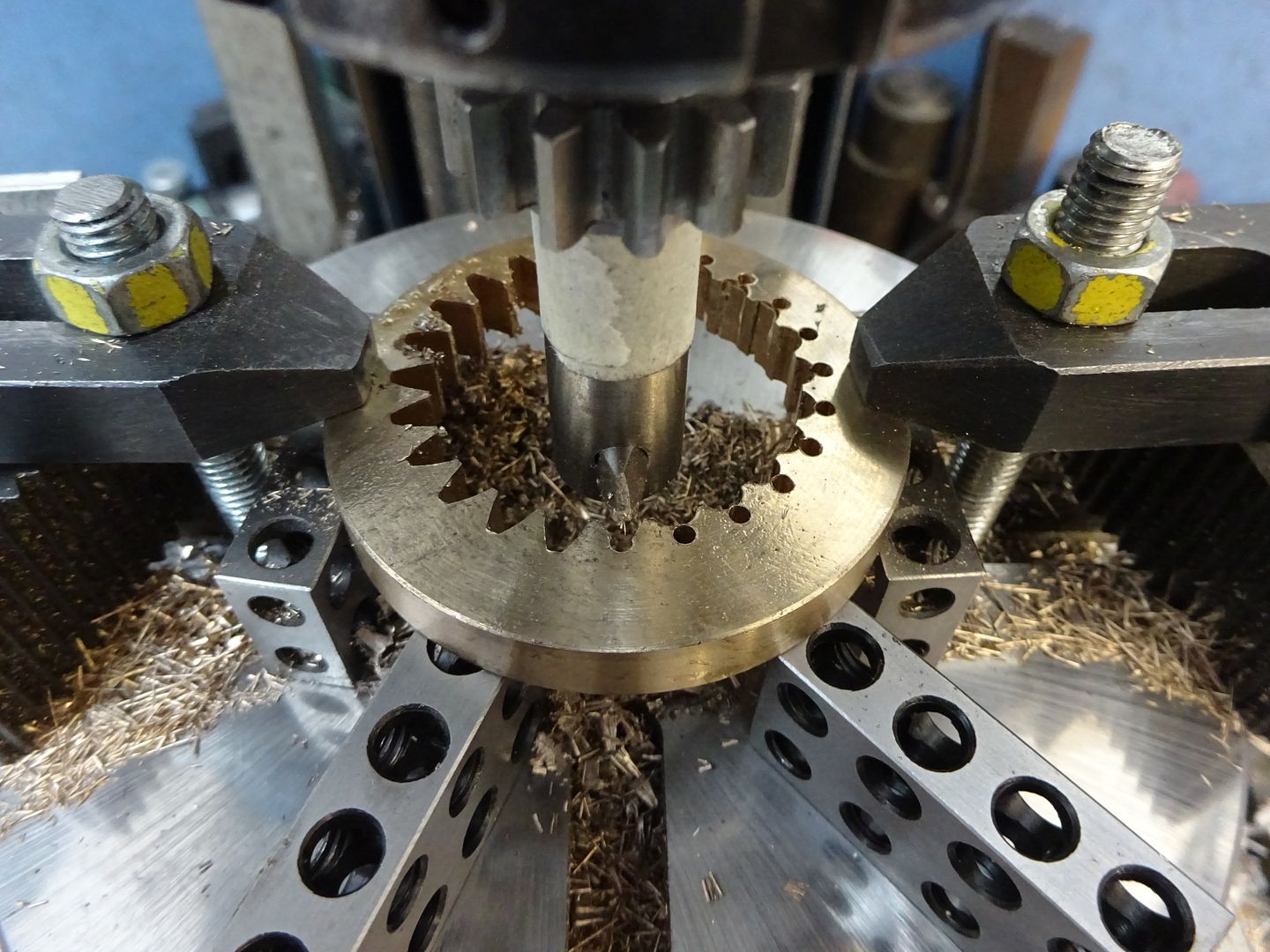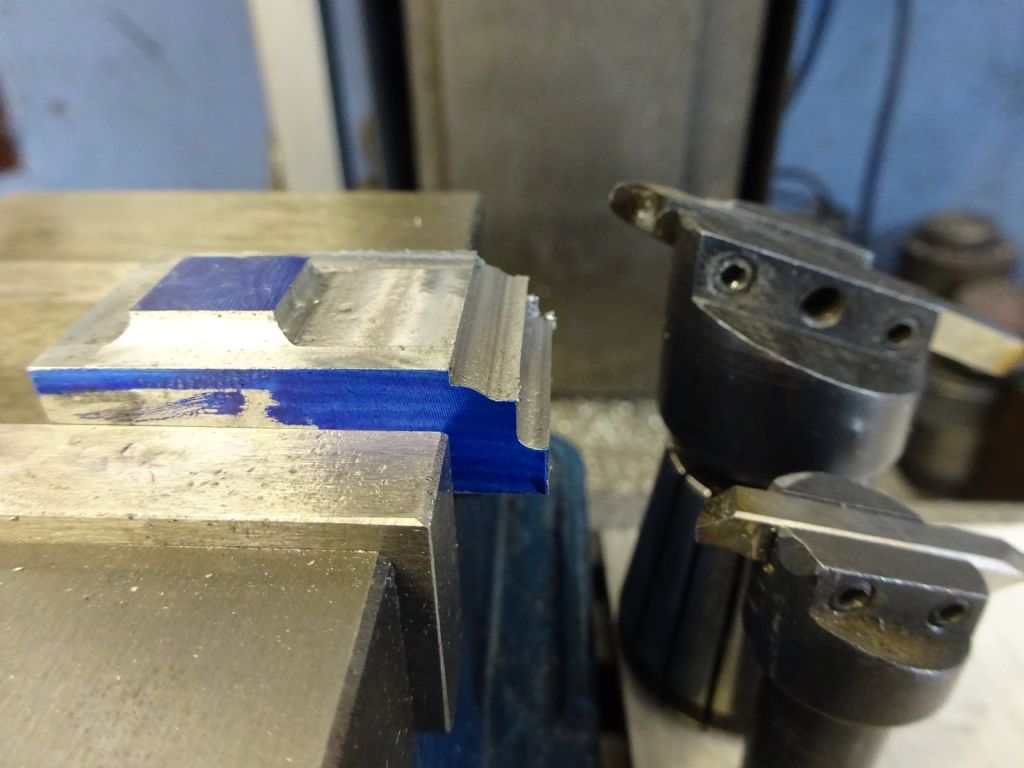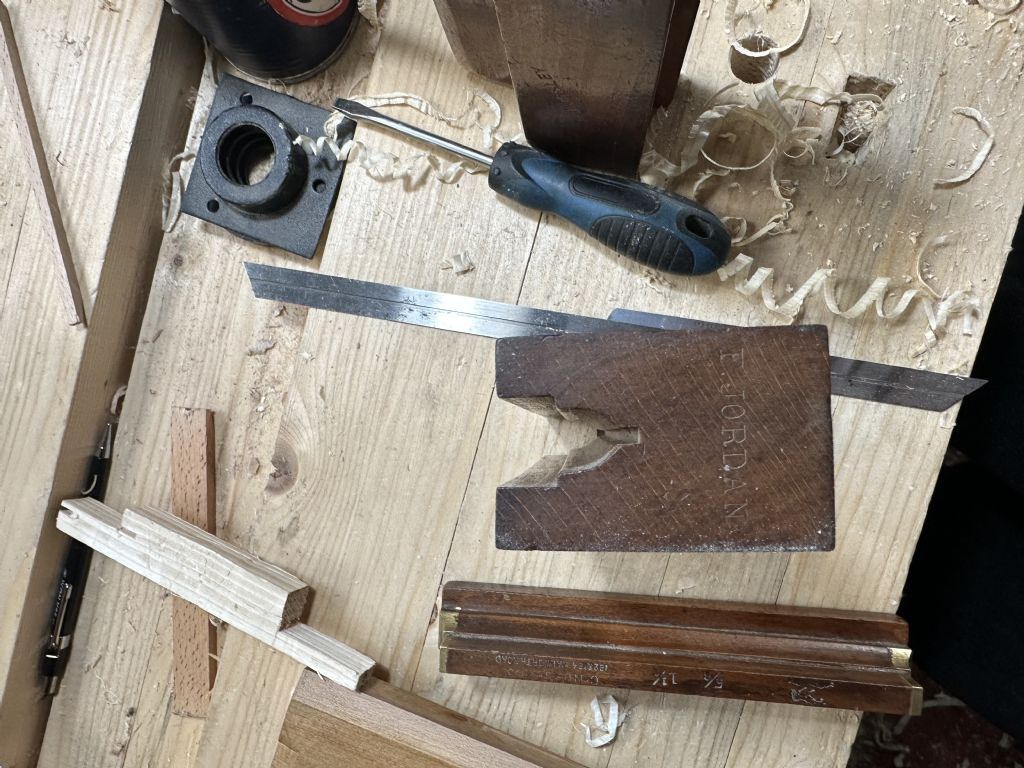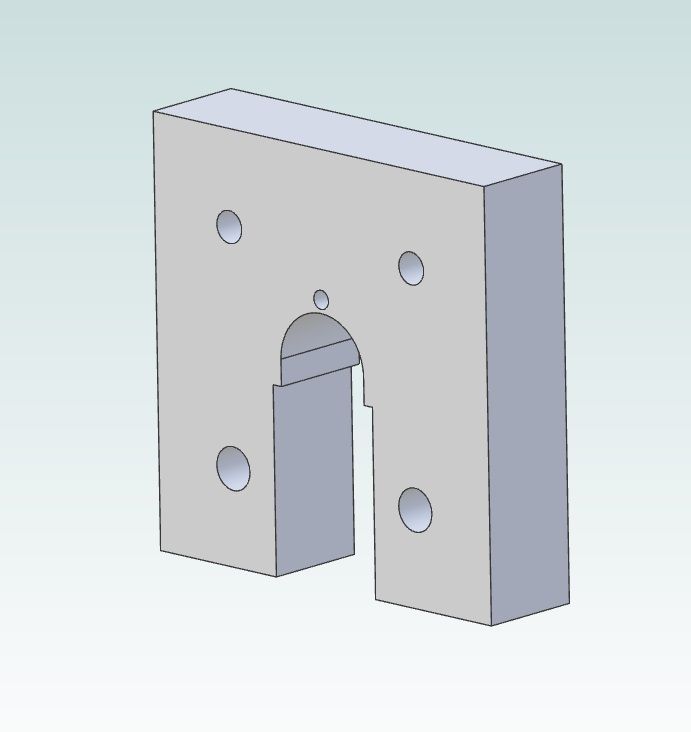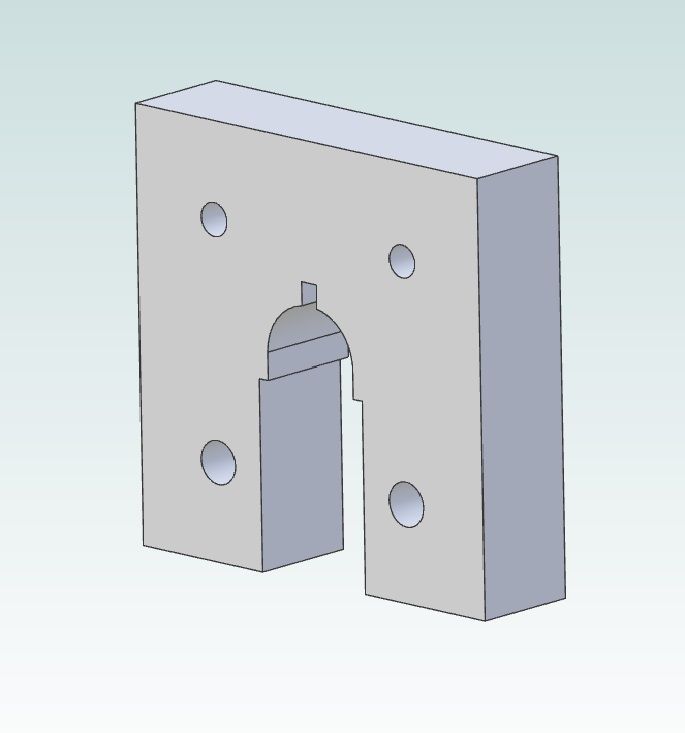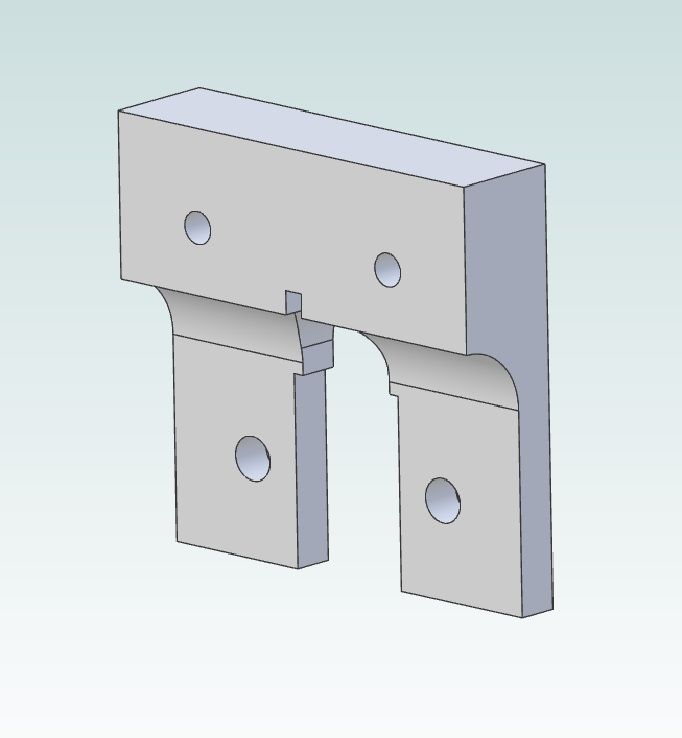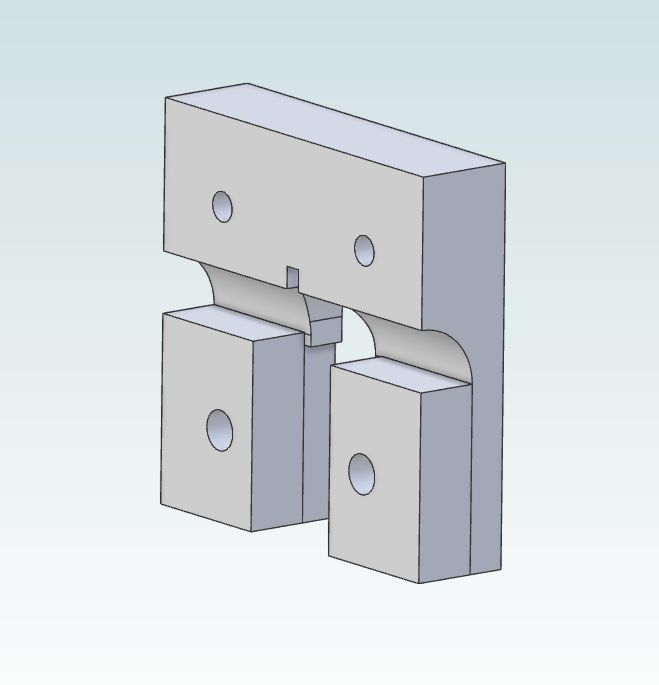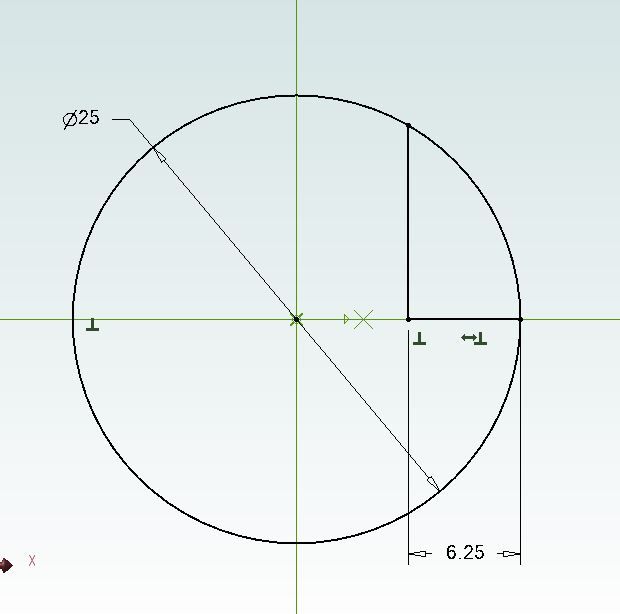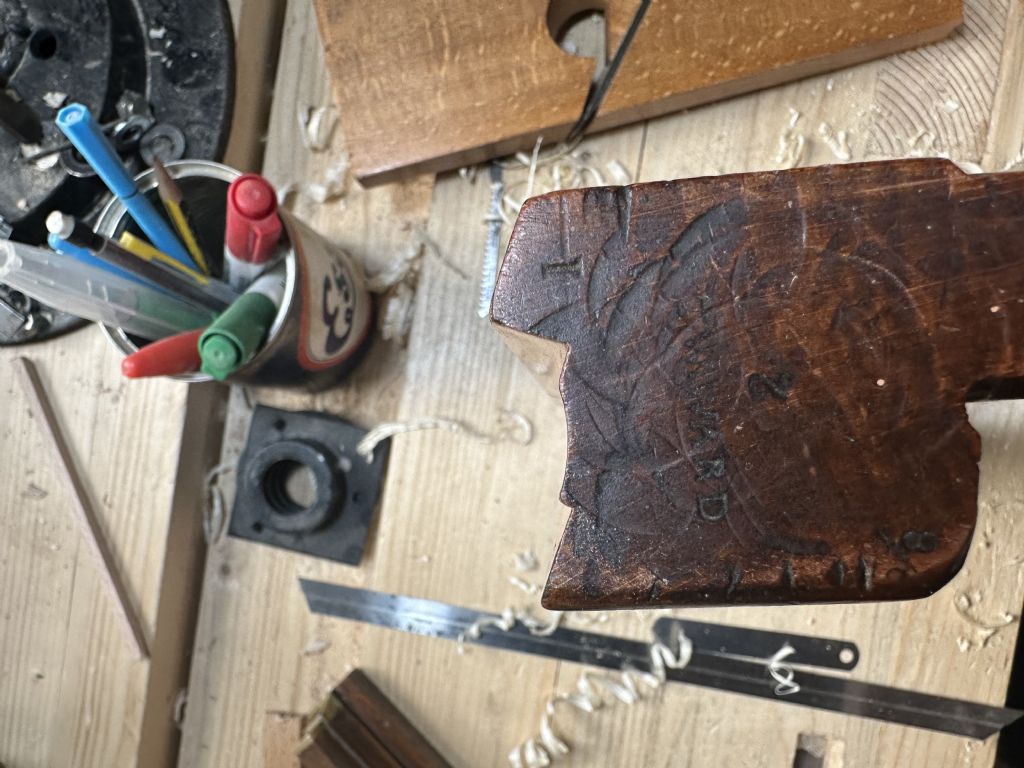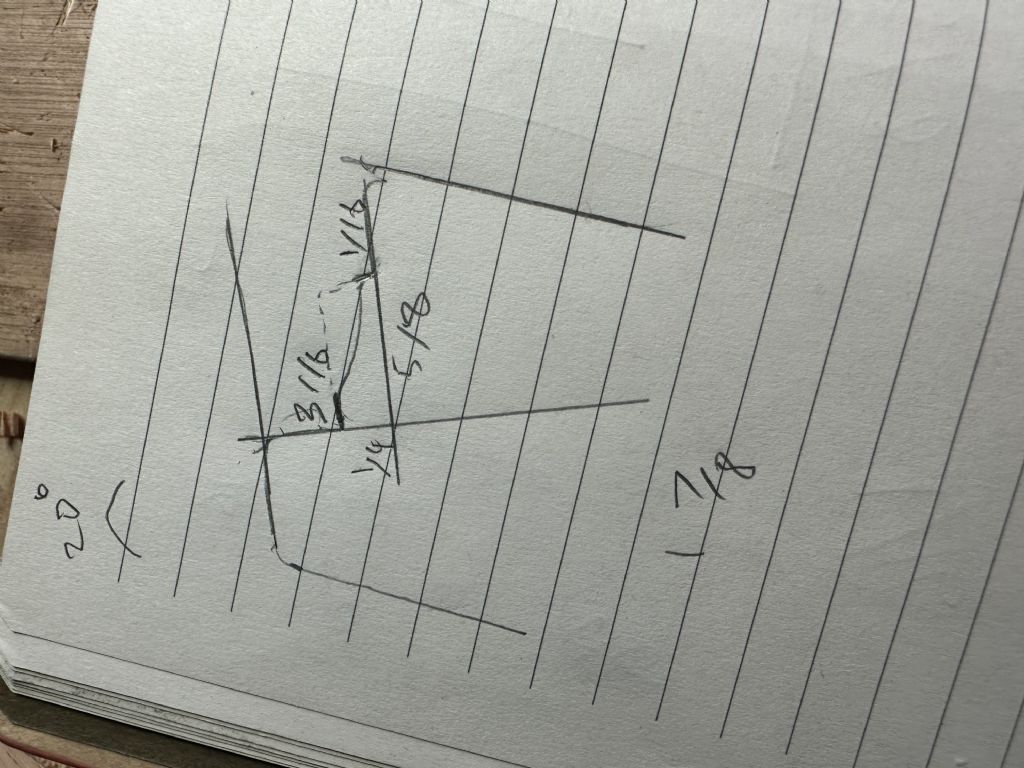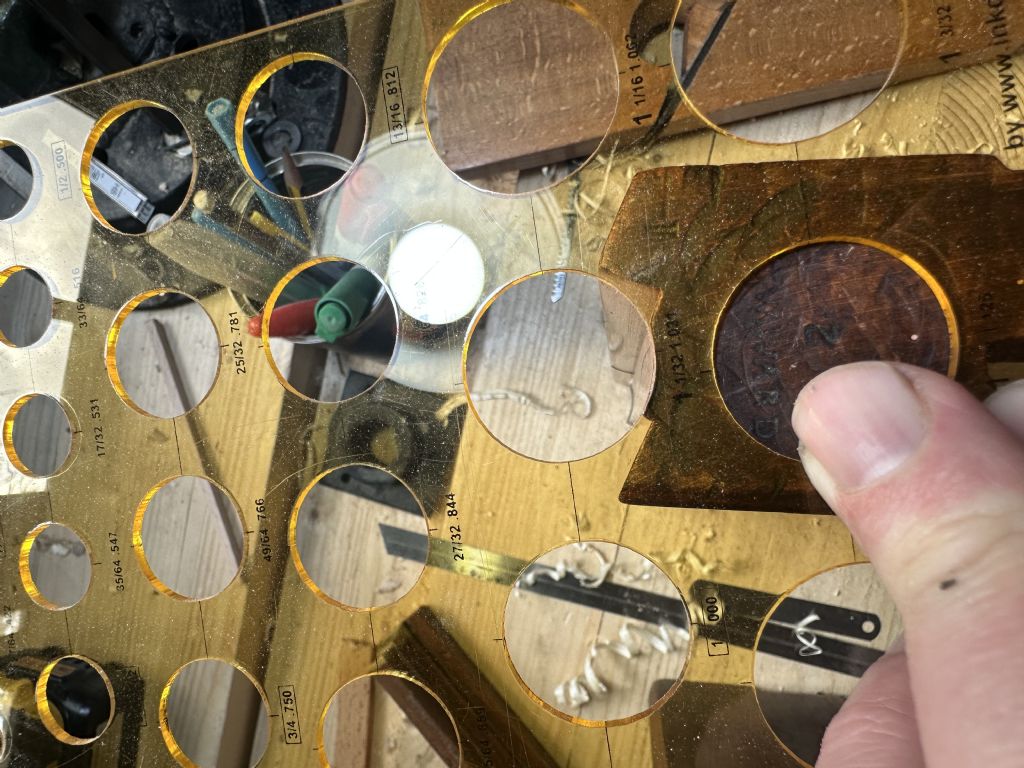Quite difficult, or at least time consuming, to make a one-off item like this with ordinary workshop tools. All change if enough of them are needed to justify making special tools, which could then knock them out at a gallop.
I agree with Andrew that the Victorian original would have started as a casting. Castings save time and metal, and these could been moulded a hundred at a time, or more.
I guess the cast blanks were squared off on a big grinding wheel and then sent to be hand-finished by drilling the fixing holes and cleaning up the edges by filing. The template's end profile requires a special file, which could be made from scratch or by grinding a standard half-round file in half. Perhaps a 'quarter round' file is a real thing?
Does anyone make their own files? From Silver Steel rod, shape and harden a sharp pointed chisel to raise a tooth. Then grind a length of Gauge Plate to the required profile, and raise teeth in it by dinging it with the chisel. Ding it many times, many many times… Then harden and temper.
The modern process would probably grind the template with a few profiled wheels. As grinding wheels are made from abrasive particles in a matrix, they can be moulded to any reasonable shape, so well suited to this kind of job.
Knifes such as these steak knives, often have often have complex profiles – these have curvy sharp teeth cut into a curved blade, and look bad on the table unless the set all match.

Knives used to be hand-made by master-craftsmen, and specials still are. Today, most knifes are ground in an automatic machine containing a high-speed profiled grinding wheel. When the profile wears below specification, a sharp diamond wheel engages and automatically re-profiles it. Items like Steve's sash window template could easily be produced by a grinding machine, but only if mass sales justifiy the high set-up cost.
Maybe a metal 3D-print service like this example. An additive process would have no trouble producing a sash template. Probably not cheap compared with DIY though – by definition our time is free! I'd mill from a brass block to approximate shape and file the profile. I think it's worth grinding a half-round file down to get into that corner with a safe-edge.
Dave
Steve355.


